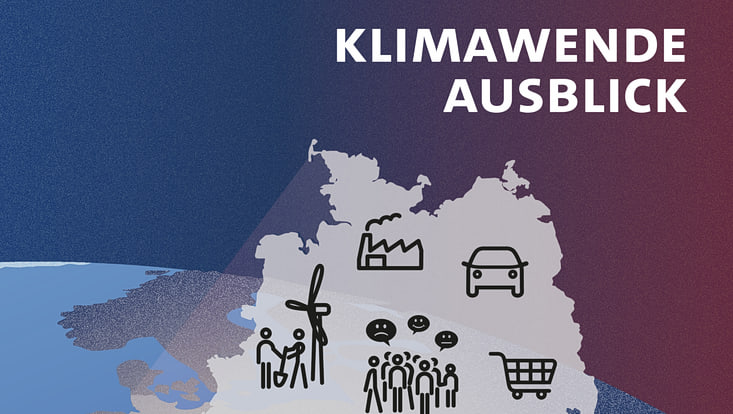and Society (CLICCS)
Clouds – Essential for Future Climate Simulations
13 April 2021

Photo: MPI-I
How many degrees warmer will it become if the amount of greenhouse gases in the atmosphere continues to rise? To answer that question, climate models must accurately reflect key aspects of reality. For example, clouds have a significant impact on the climate, but representing them continues to pose problems for researchers.
At CLICCS, next-generation models are being employed. How well they improve the representations is investigated by Dr. Ann Kristin Naumann.
To do so, the meteorologist has compared measurements from the equatorial trade-wind region with model-based results. In this region, the typical “fluffy” trade-wind clouds are common – and precisely this type has a major influence on the climate. Especially in conventional models, the depiction of these clouds is still imprecise.
Naumann found that models employing the latest horizontal and vertical resolution can very accurately reflect the distribution of the water vapor that forms clouds. Yet, not all aspects of trade-wind clouds are accurately represented. Here, the model’s resolution is key, as Naumann shows. If it remains at the kilometer scale, the representation isn´t accurate. The interaction between water vapor and clouds can however be well represented using a grid spacing of between 300 and 600 meters. Accordingly, Naumann’s analysis provides valuable insights into how high a model’s resolution has to be in order to more accurately simulate future climate scenarios.
CLICCS Quarterly
The article was published in CLICCS Quarterly, the news from the Cluster of Excellence every three month. Find full issue -> here.


